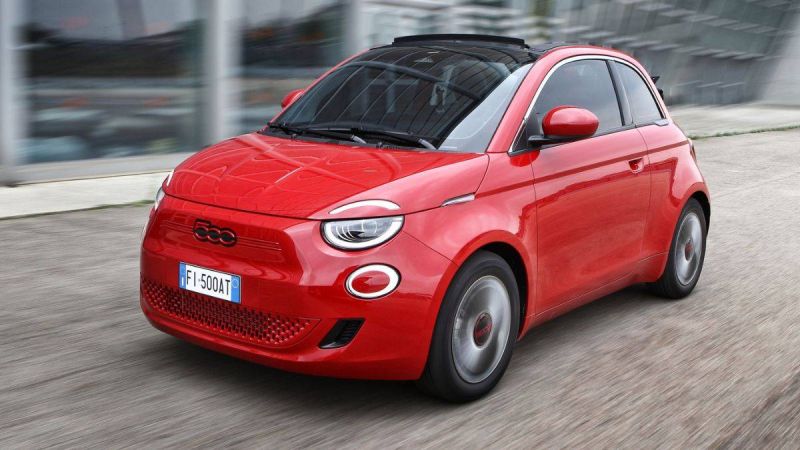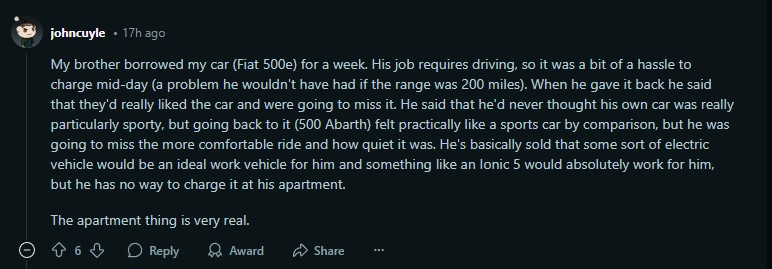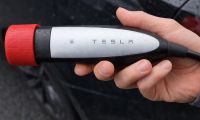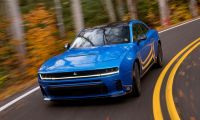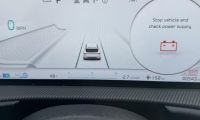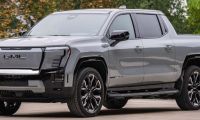By any rational metric, the electric vehicle should already be the dominant species on America’s roads. They're cheaper to operate, blessed with enough torque to shame a muscle car off the line, and increasingly affordable on the used market. The feds are even offering up to four grand in tax credits like candy at a parade. And yet, people are still lining up for $50,000 gas-powered SUVs with interest rates high enough to require oxygen masks.
Why Aren’t Electric Vehicles Dominating U.S. Roads Despite Their Advantages?
The issue is psychological. Americans don’t fear EVs, they fear what EVs represent: change, uncertainty, and the possibility that their car won’t be there for them when they need it most. Or, as one might more accurately put it, they fear
“Not being able to meet their objectives of the day.”
Uber isn’t cheap, and your car isn’t just a convenience. It’s your connection to your paycheck, your children, and that carton of milk you forgot to buy. Miss one errand, and your entire day can spiral like a tire coming off at speed.
So, let’s talk about johncuyle, a Redditor whose brother borrowed his Fiat 500e for a week.
“His job requires driving, so it was a bit of a hassle to charge mid-day (a problem he wouldn't have had if the range was 200 miles)... When he gave it back he said that they'd really liked the car and were going to miss it... He said that he'd never thought his own car was really particularly sporty, but going back to it (500 Abarth) felt practically like a sports car by comparison.
But he was going to miss the more comfortable ride and how quiet it was. He's basically sold that some sort of electric vehicle would be an ideal work vehicle for him and something like an Ionic 5 would absolutely work for him, but he has no way to charge it at his apartment. The apartment thing is very real.”
That last sentence might as well be etched on the gravestone of the American EV dream.
He wasn’t comfortable switching to an EV for multiple reasons, including Infrastructure. Landlord apathy. HOA indifference. Until we start addressing the fact that over a third of Americans don’t have access to a private garage or driveway, per the U.S. Census, we’re going to keep having this same conversation.
PlugShare: Essential App for Locating EV Charging Stations
- PlugShare is a widely-used mobile and web application that helps electric vehicle (EV) drivers locate charging stations across various networks. It offers detailed information about each station, including plug types, charging speeds, user reviews, and nearby amenities, making it an essential tool for both daily commutes and long-distance travel.
- The platform thrives on user contributions, allowing drivers to check in at charging stations, share real-time status updates, post photos, and provide reviews. This collaborative approach ensures that the information remains current and reliable, aiding others in making informed decisions about where to charge their vehicles.
- PlugShare boasts a vast database, featuring information on over 600,000 charging stations worldwide. Its extensive coverage and multilingual support (available in 29 languages) cater to a global audience, reinforcing its position as a leading resource in the EV community.
And while apps like PlugShare can help, they don't solve the emotional and logistical friction of planning your life around your car's access to electrons instead of a simple fill-up.
How Charging Infrastructure Challenges Hinder EV Adoption in America
And that’s why the gateway EVs, the Nissan Leaf, Chevy Bolt, and yes, the Fiat 500e, exist. They’re not meant to be perfect. They’re meant to be introductions. Dip your toes in. Get a taste. Realize that instant torque and silent cabins are addictive.
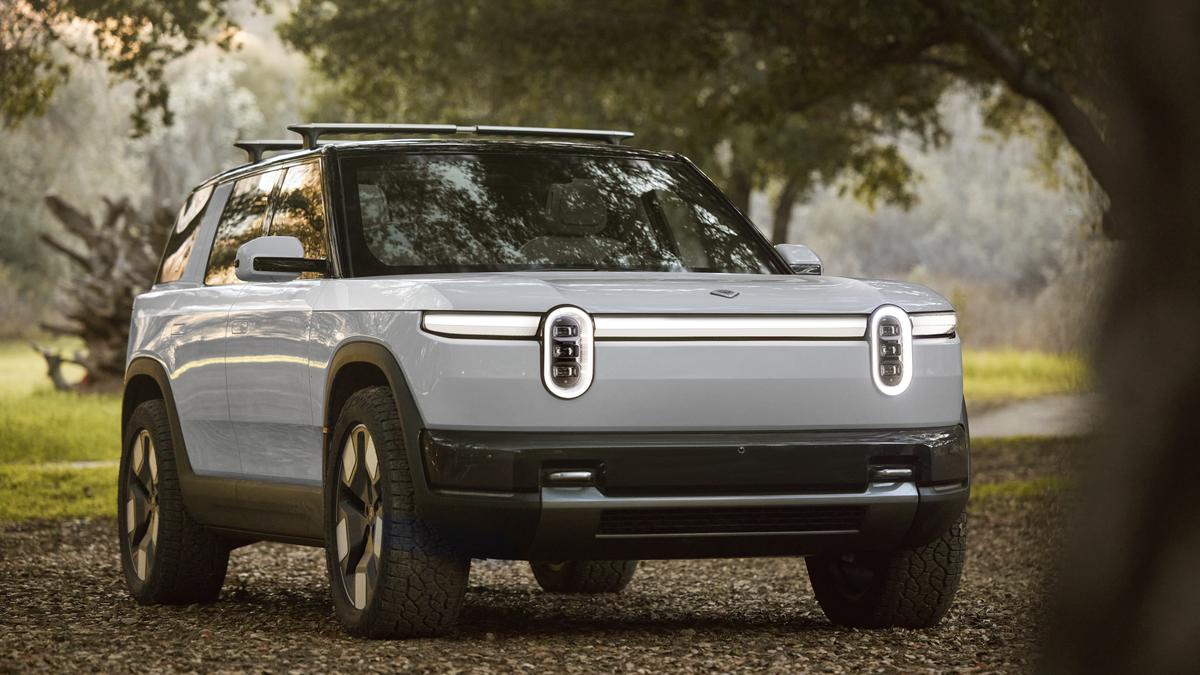
Then, maybe move on to something roomier, like a Model Y, a Rivian R1S, or Lucid’s newly-released American spaceship, the Gravity. It’s no coincidence that EV adoption often follows this pattern: start small, realize the sky doesn’t fall, and then go big. And it would work if the average urban dweller could plug in without engaging in a game of charging-station roulette.
Fiat 500e Specifications: Range, Charging, and Interior Features
- The Fiat 500e is a fully electric city car that combines retro-inspired design with modern electric mobility. Equipped with a 42 kWh battery, it offers an EPA-estimated range of up to 149 miles, making it suitable for daily urban commutes.
- The 500e supports DC fast charging up to 85 kW, allowing it to replenish up to 80% of its battery in approximately 35 minutes. This rapid charging capability enhances its practicality for city drivers who require quick turnaround times.
- Inside, the 500e boasts a 10.2-inch infotainment touchscreen with wireless smartphone integration, automatic air conditioning, and a 7.0-inch digital cluster. Safety features include autonomous emergency braking, lane-keep assist, and adaptive cruise control with lane centering.
What’s truly maddening is that EVs are ideal for city dwellers: short commutes, stop-and-go traffic, and plenty of regenerative braking. But these same people are the least likely to have charging infrastructure. When Johncuyle’s brother slid back into his Abarth, the conclusion was obvious: loud, fun, a touch nostalgic, but he missed the quiet comfort of the 500e. That’s the EV bug, and once it bites, it doesn’t let go.
The Gateway EV Introducing Drivers to Electric Mobility
And speaking of the 500e, Fiat’s pint-sized electric gamble is back in the U.S., and this time, it’s more than just a compliance car. It’s still the same adorable Italian egg, but now it’s being taken seriously. The ride is surprisingly smooth, the cabin modern, and while it won’t win any drag races, it’s perfect for darting through urban traffic. It makes you wonder if maybe, just maybe, small EVs could be America’s secret weapon if only we could figure out where to charge them.
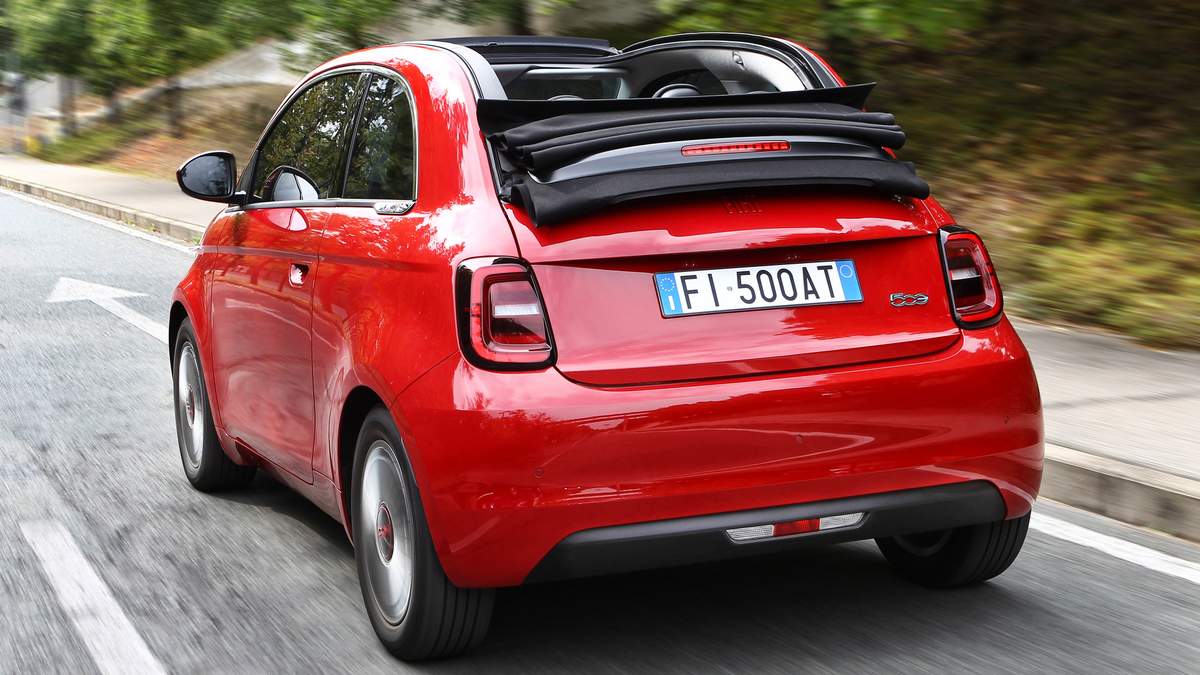
Ultimately, the EV revolution won’t be won in the showrooms or on the drag strip. It’ll be won in the parking garages of apartment complexes and the dusty corners of HOA regulations. It’ll be won when we stop pretending every American lives in a suburban house with a two-car garage and a 240V outlet. Until then, we’ll keep watching this dance play out, anxious buyers, eager but frustrated, choosing gas because it’s easier, not better.
So what’s the answer? Infrastructure, yes. Policy, absolutely. But most of all, trust. We need Americans to trust that their car will be there for them, even if it hums instead of growls. And that starts with stories like this one. Because if a Fiat 500e can convert a diehard Abarth driver, even temporarily, imagine what the right EV could do for the rest of us.
Why do you think electric vehicles aren't yet the default choice for American drivers? What would it take for you personally to fully embrace EVs in your everyday life? Share your thoughts and experiences in the comments below.
Image Source: Stellantis Media Center, r/electricvehicles, Rivian Media Center
Noah Washington is an automotive journalist based in Atlanta, Georgia. He enjoys covering the latest news in the automotive industry and conducting reviews on the latest cars. He has been in the automotive industry since 15 years old and has been featured in prominent automotive news sites. You can reach him on X and LinkedIn for tips and to follow his automotive coverage.



